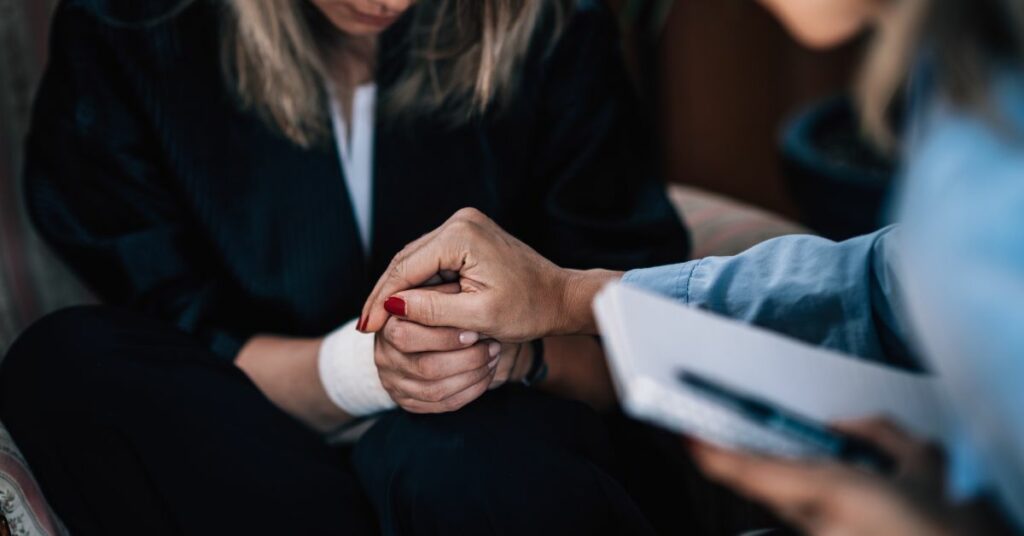Suicide is the biggest killer for young people aged 14-25 years, and for every one suicide, there are 100-200 suicide attempts.
A new report produced by NSW-based Youth Insearch, has focused on the young people left behind by the nation’s traditional mental health model. Young people, they have termed “the forgotten middle”.
The report ‘Australia’s forgotten middle – the Youth Insearch approach to end youth suicide”, has been produced as part of a dialogue with the Federal Government, highlighting the need for a trauma-informed peer-to-peer program to form part of the nation’s current mental health model for young people.
The not-for-profit organisation delivers a unique program empowering young people to help those of a similar age who have experienced childhood trauma due to such experiences as relationship breakdowns, death, bullying or abuse.
“We have developed and delivered trauma-informed peer-to-peer leadership programs over the last 20 years, and it’s the missing link for the current mental health model,” said Youth Insearch CEO Stephen Lewin.
Lewin, who is also a past participant of the Youth Insearch leadership program said youth suicide is on the rise, and the ‘forgotten middle’ describes those young people who are experiencing mental health issues due to trauma, and may not be comfortable accessing traditional forms of mental health care currently available through the healthcare system.
For those young people who have experienced life-altering experiences in childhood, traditional methods of care seem out of reach.
“They are not the ‘missing middle’, a term coined by Orygen, they have always been present in society. Tragically, they have been forgotten – and it is leading to rising suicide rates in this country,” Lewin said.
Research has also revealed that suicide is disproportionately affecting minority groups across Australia. Members of the LGBTIQA+ community have the highest rate of suicidality of any group.
Rural populations are two times more likely to die by suicide, and almost one in four young people dying by suicide in Australia are Indigenous, Aboriginal and Torres Strait Islander populations.
Related: Indigenous youth mental health on the decline
“We believe peer-to-peer, involving peer leaders who have overcome adversity, and understand the journey are best placed to ask this question,” said Lewin.
Third Sector is hosting the 2nd National Indigenous Empowerment Summit, click here to register for the event.
Menchie Khairuddin is a writer Deputy Content Manager at Akolade and content producer for Third Sector News. She is passionate about social affairs specifically in mixed, multicultural heritage and not-for-profit organisations.
- Menchie Khairuddinhttps://thirdsector.com.au/author/menchi-kakolade-co/
- Menchie Khairuddinhttps://thirdsector.com.au/author/menchi-kakolade-co/
- Menchie Khairuddinhttps://thirdsector.com.au/author/menchi-kakolade-co/
- Menchie Khairuddinhttps://thirdsector.com.au/author/menchi-kakolade-co/











